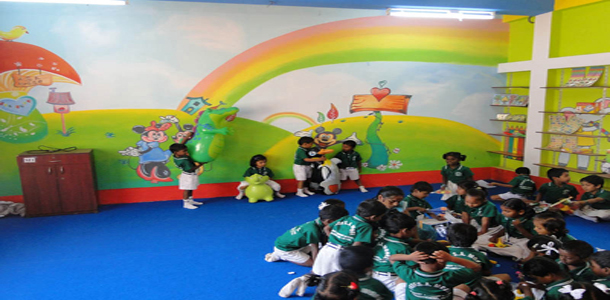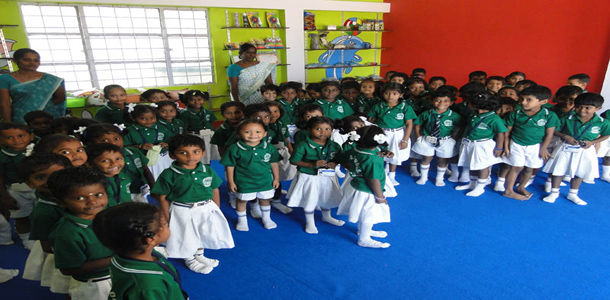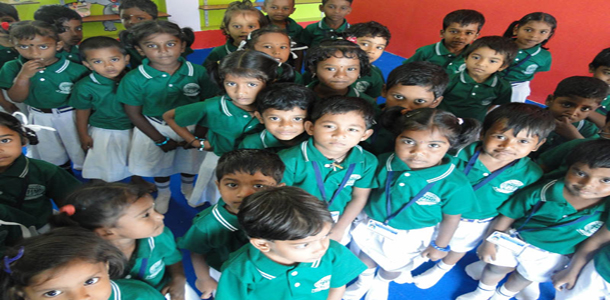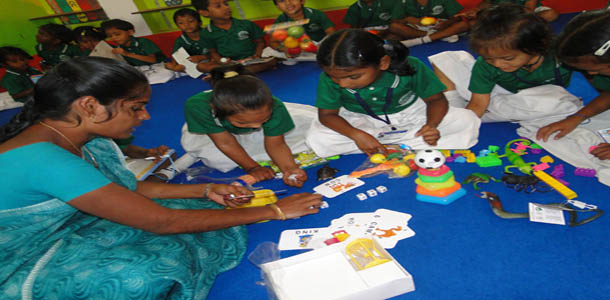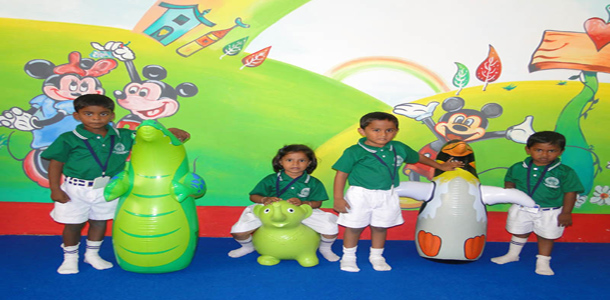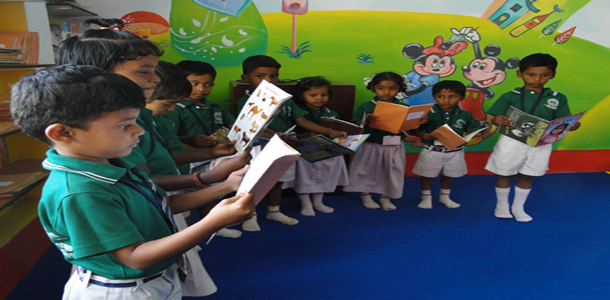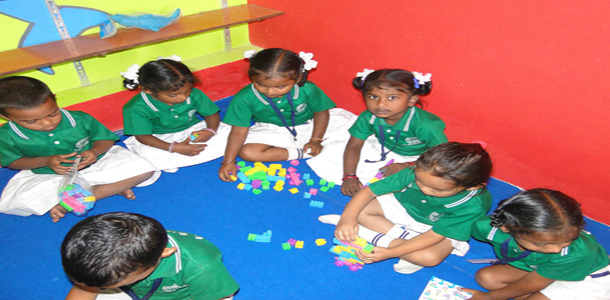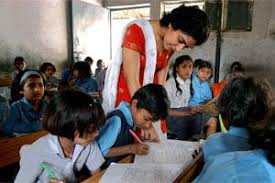
Our Teaching System
LEARNING BY DOING:
Learning by doing is essentially about getting involved in an activity and, through the process of doing this activity, learning about things like: how that activity works, how you find (or feel about) the activity, what the activity makes you think about, and what doing this activity enables you to do. Learning should be relevant and practical, not just passive and theoretical.
We believe that the school must represent present life – life as real and vital to the child as that which he carries on in the home, in the neighborhood, or on the playground.
The teachers present real life problems to the children and then guide the students to solve the problem by providing them with a hands-on activity to learn the solution.
Learning can serve to strengthen the child's own understanding of the activity through gaining practical, first-hand experience of the activity. It is also a stimulating, motivating way for them to learn.
In fact, children can often be having so much fun in taking part in the activity, that they can learn whilst being unaware that they are learning!
In other words, learning by doing is something that the children ideally reflect on during and after the activity to get most out of it - but it can also be an extremely natural way of learning also referred to as "incidental learning".
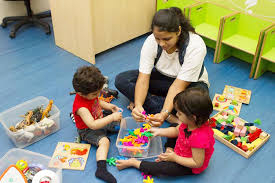
PLAY WAY:
Through play children can develop social and cognitive skills, mature emotionally, and gain the self-confidence required to engage in new experiences and environments. Key ways that young children learn include playing, being with other people, being active, exploring and new experiences, talking to themselves, communication with others, meeting physical and mental challenges, being shown how to do new things, practicing and repeating skills and having fun. play enables children to make sense of their world. Children possess a natural curiosity to explore and play acts as a medium to do so. We make children's play - pleasurable and enjoyable with no extrinsic goals. We make the play spontaneous and voluntary involving active engagement on the part of the player. Play can also be creative when the player constructs building blocks, uses paint or uses different materials to build an object. Creativity is not about the end product, but the process of the play scenario. Imagination is used during play when the person involved creates images in their minds to do with their feelings, thoughts and ideas. The person then uses these images in their play.
Hence, we provide an environment of play that is entertaining for them and it will give them the feeling of comfort and will help them to create a bond with their teachers and other kids. Children always tend to get excited if certain fun element and play is involved which gives the child wings to their imagination ability. It enables the child to improve various skills like motor, creative, imaginative, aesthetic, cognitive, linguistic etc. It turns entire learning into fun element by involving play in it. Children develop the feeling of satisfaction among themselves as they are given equal exposure and ample of opportunities for learning and participation. Along with knowledge, we inculcate various other skills in a child which helps children to connect with peers and teachers easily.
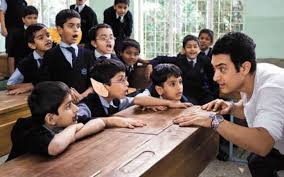
ACTIVITY BASED LEARNING:
Activity-based learning or ABL is a range of pedagogical approaches to teaching. Its requirement is that learning should be based on doing some hands-on experiments and activities. Activity-based learning is rooted in the common notion that children are active learners rather than passive recipients of information. If children are provided with the opportunity to explore by their own and provided an optimum learning environment then the learning becomes joyful and long-lasting. It allows a child to study according to his/her aptitude and skill. Activities include games, rhymes, drawing, and songs to teach a letter or a word, form a sentence, do mathematics and science, or understand a concept. It creates a visible improvement in children’s learning and psychology. Integrated in the curriculum are activities to create awareness about the environment, sanitation, health, and nutrition. These are brought across through innovative methods like puppetry show and through song and rhymes.



